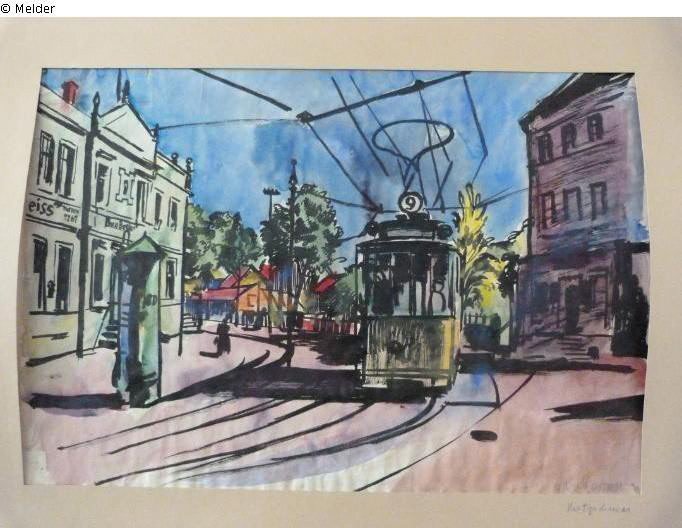Ingeborg Berggreen-Merkel, leader of the newly formed federal “Schwabing Art Find” taskforce, announced plans to release information about 590 additional works found in the apartment of Cornelius Gurlitt, after the posting earlier this week of 25 works at www.lostart.de. Meanwhile, the heirs of Max Ernst have publicly disclosed (through their attorney Jürgen Wilhelm in Cologne) their claim to certain of the works in the Gurlitt find. The federal authorities appear to be gaining the upper hand for disclosure against the tax investigators in Bavaria who initially seized the collection, which was not a foregone conclusion.
With disclosure, and the ability to identify claimed works, seemingly coming soon, it is time to consider the substantive and procedural questions that will govern any claims to the works.
First, will Cornelius Gurlitt lay claim to what was found in his apartment? As we have discussed before, he may argue that he inherited the collection from his father in good faith (i.e., without actual knowledge of its provenance), and that he is therefore the true owner. Under German law, without more, he could prevail in that argument (though even as an heir, the proof may be harder than usual, a contract between Hildebrand Gurlitt and Hermann Göring in respect to the sale of “degenerate art” has surfaced, for example). If Gurlitt does persist in a claim of ownership, heirs and claimants could bring civil actions against him in Germany, or possibly in their home country (if different than German), provided that they could establish some connection between Gurlitt and the forum country generally, or the claimed art specifically. For example, to bring a claim in a U.S. court, the plaintiff would need to allege/show that Gurlitt so regularly comes to the United States that he has subjected himself to the jurisdiction of our courts, or that he did something specific with the painting in question in the United States.
Even then, what law would apply? New York, for example, applies the law of the jurisdiction where the property transfer took place. So a New York court (or a federal court in New York) could apply German law to the question of how Gurlitt came to have the inheritance. There is precedence to the contrary, however. In the Bakalar v. Vavra case, the trial court applied Swiss law (which like German law, favors a good faith purchaser or holder in due course), but the Second Circuit reversed and remanded with instructions to apply New York law (under which successors to a thief can never acquire good title, even if they bought in good faith).
What about Germany itself? Germany (or Bavaria) is currently in possession of the works. If claimants have title, they could argue that Germany is wrongfully exercising control, known as conversion. Since the works were apparently sold under duress or expropriated by the Nazis, plaintiffs could sue Germany in U.S. federal court relying on the appropriation exception to sovereign immunity under the Foreign Sovereign Immunities Act (FSIA), following the Altmann v. Republic of Austria playbook. They would still face substantial hurdles based on venue, convenience, and various foreign relations-based arguments.
Other targets may include intermediaries that dealt with Gurlitt. Lempertz auction house, sold the Lion Tamer by Max Beckmann recently, a painting now claimed by the heirs of Alfred Flechtheim (though his great-nephew, Dr. Michael Hulton).
Once the paintings are known, however, claimants need to be aware of the passage of time; assuming that claims to the works would be timely as of the time of disclosure in Focus two weeks ago, the clock could well be ticking now.




